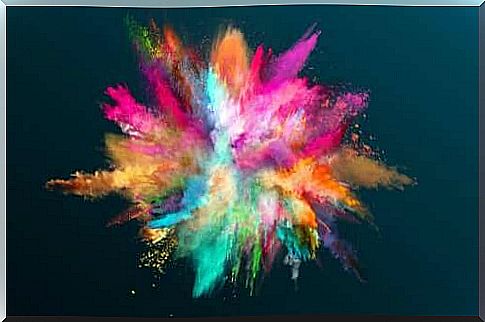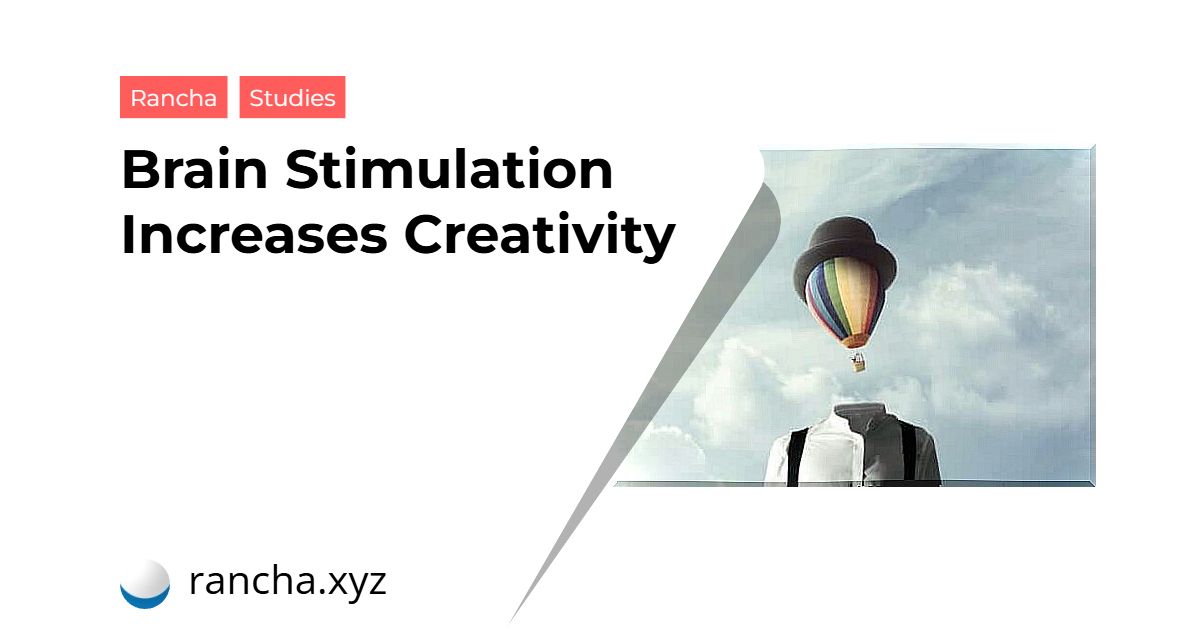The brain has been the protagonist for the last few decades. Academics from all over the world and from different disciplines have invested a lot of time and money in researching it. But there is one subject in particular that arouses a lot of interest: finding out how people can make the most of their skills, how to rehabilitate them and even how to improve them. In this sense, one of the most innovative techniques is brain stimulation.
This technique consists of inducing electrical currents in the brain to modify or stimulate the activity of certain areas. There are several types of stimulation, depending on the degree of invasion and the type of stimulation. Among the main ones are:
- Deep Brain Stimulation (DCS): This type is invasive, as pulses or electrodes are implanted directly into a specific area of the patient’s body or brain. It is often used for severe cases of Parkinson’s or hereditary tremor, for example.
- Surface Brain Stimulation : Here are the types of non-invasive brain stimulation that are a breakthrough for science.
- Transcranial magnetic stimulation (TMS): a device that generates magnetic fields that induce electrical currents is placed near the person’s scalp . These currents pass through the skull, stimulating the target area.
- Transcranial electrical stimulation (TSE): electrodes are placed on the scalp that release low-amplitude currents that increase or decrease the activity of neurons in a certain region of the brain. This current can be applied continuously (tDCS) or alternately (tACS).

The Power of Brain Stimulation
Generally, brain stimulation is applied to compensate or mitigate some deficits or disorders related to brain activity. In other words, the disorders for which it is used usually involve abnormal patterns of activity, whether due to excess or lack. Thus, brain stimulation helps regulate the activation patterns of groups of neurons in specific areas.
For example, transcranial magnetic stimulation is often used to treat mood disorders (depression, bipolar disorder), post-traumatic stress disorder, neuropathic pain, and even stuttering.
Similarly, transcranial direct current electrical stimulation (tDCS) is being applied to rehabilitate processes related to cognitive, motor and sensory abilities in people who have suffered stroke or dementia.
Researchers at the University of Sydney have made an almost science-fiction discovery about this latest brain stimulation technique. In their study, they presented a group of people with a problem of putting together a group of dots placed three to three using four lines.
This exercise, which may seem simple, presents great difficulty for most people, even after giving clues and facilitating some steps. The researchers noted that none of the participants were able to resolve it.
However, after just 10 minutes of tDCS application, almost half of them resolved without difficulty. Those who did not receive brain stimulation remained unable to resolve the problem.
So, we ask ourselves, is it possible that this technique does more than re-enable some changes? Is it capable of improving human capabilities?

Brain stimulation also increases creativity
Researchers have applied other transcranial electrical stimulation techniques, such as tACS, with the aim of investigating neuronal oscillations and brain functions. However, they also used this technique to apply small waves to specific areas related to motor functions, working memory and perceptual areas.
Recently, a group of researchers at the University of North Carolina went further and investigated the effect of brain stimulation on creativity. This ability consists in producing innovative ideas, as well as associating old concepts with new ones. Also, it has been linked to intelligence.
The US researchers performed creativity tests on a group of individuals before and after applying transcranial alternating current stimulation (tACS). They found that by increasing the power of alpha waves in the frontal cortex through transcranial stimulation, creativity also increased by 7.4%.
What comes next?
Undoubtedly, many researchers continue to investigate its use to improve cognitive abilities. There will likely come a time when we can improve our memory, our decision-making ability, or our attention through brain stimulation. The question is: would this be ethical? Would it make sense to apply brain stimulation just to be more creative?
However, there is still a long way to go to optimize the results produced by this type of intervention. On the other hand, when progress is aimed at improving certain pathologies, everyone wants science to keep advancing.
 rancha.xyz Be free to choose their own route to self-knowledge, health and balance of body and soul.
rancha.xyz Be free to choose their own route to self-knowledge, health and balance of body and soul.




